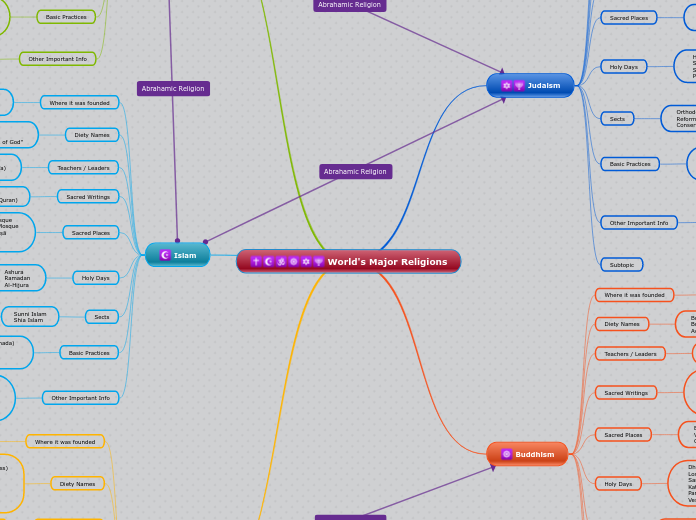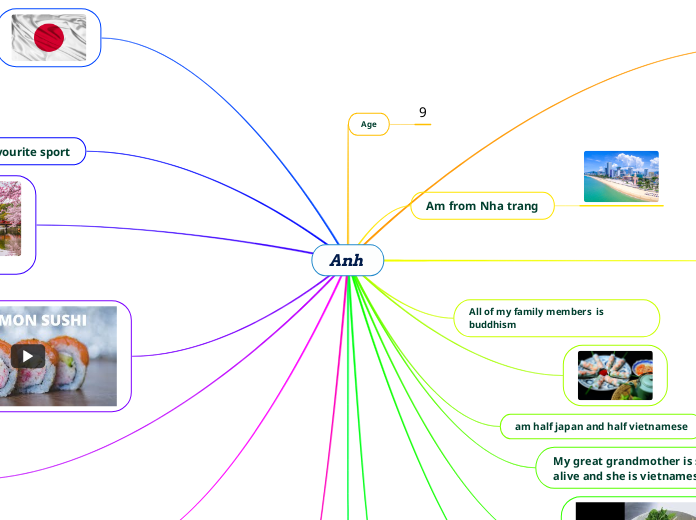par Danielle Williams Il y a 10 années
2780
Japanese Culture
In Japan, traditional elements are deeply embedded in daily life and material culture. Furniture often includes low tables and futons, and homes typically feature sliding doors and woven straw mats.









